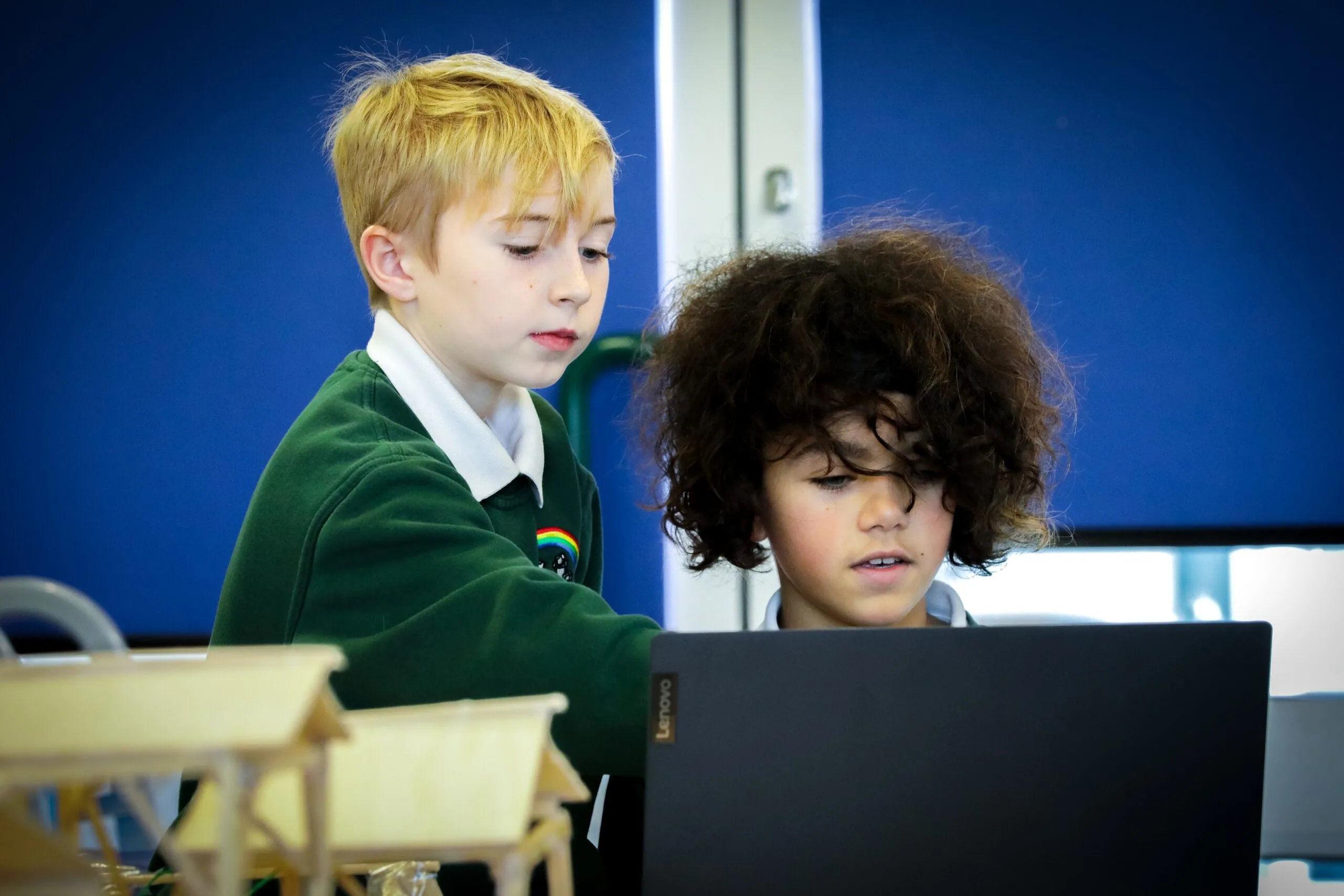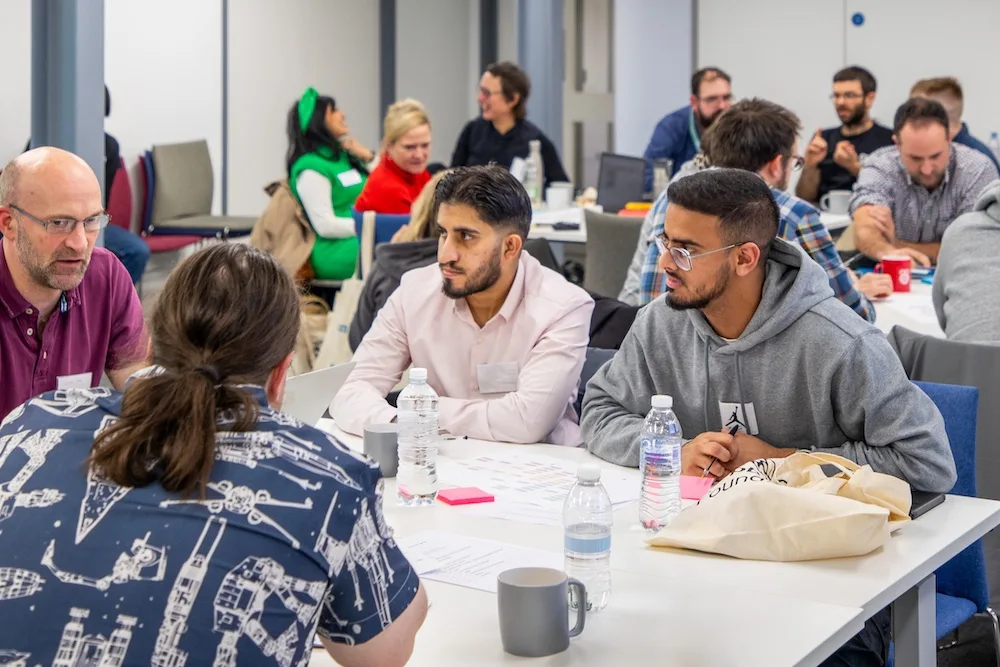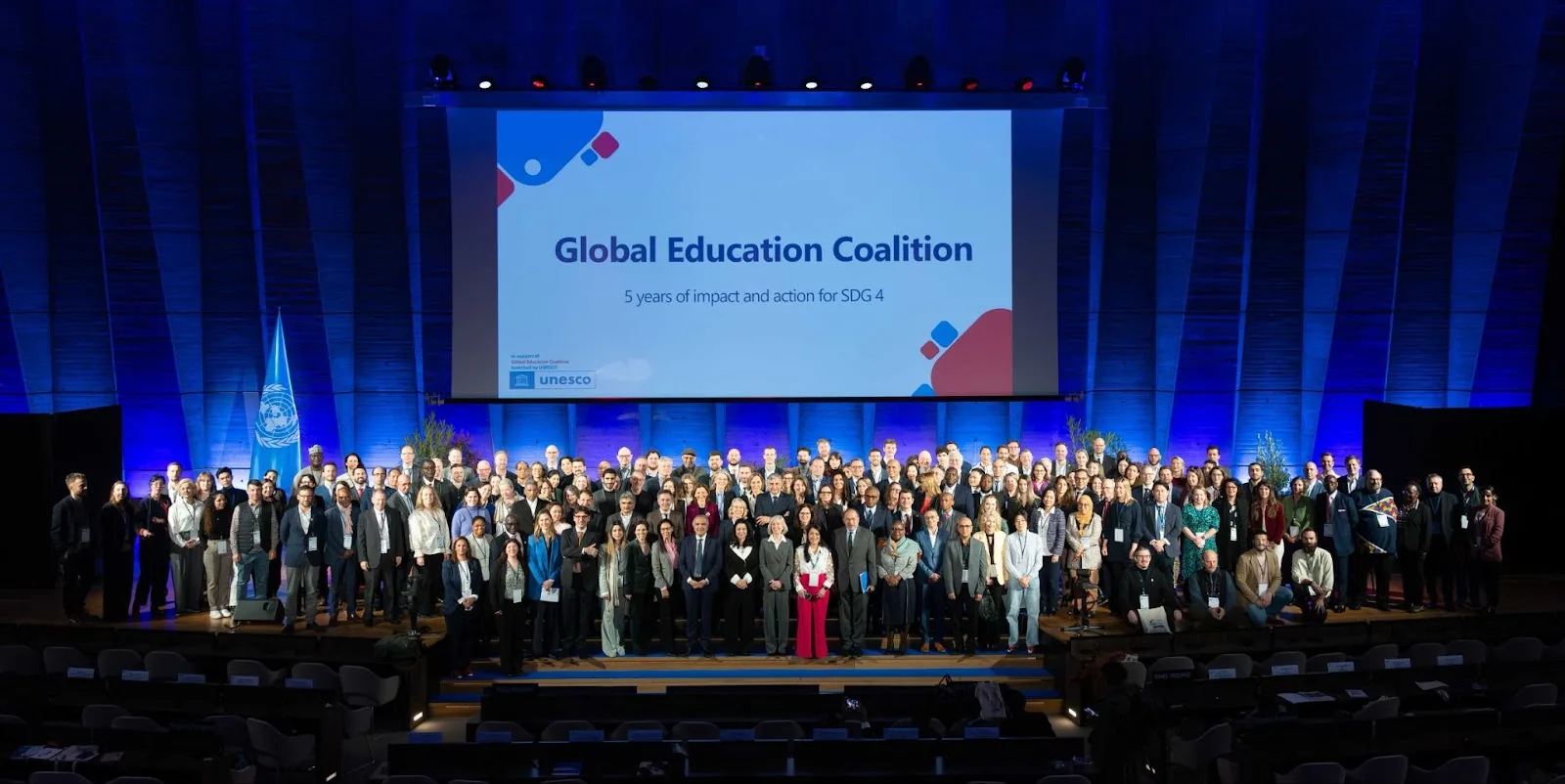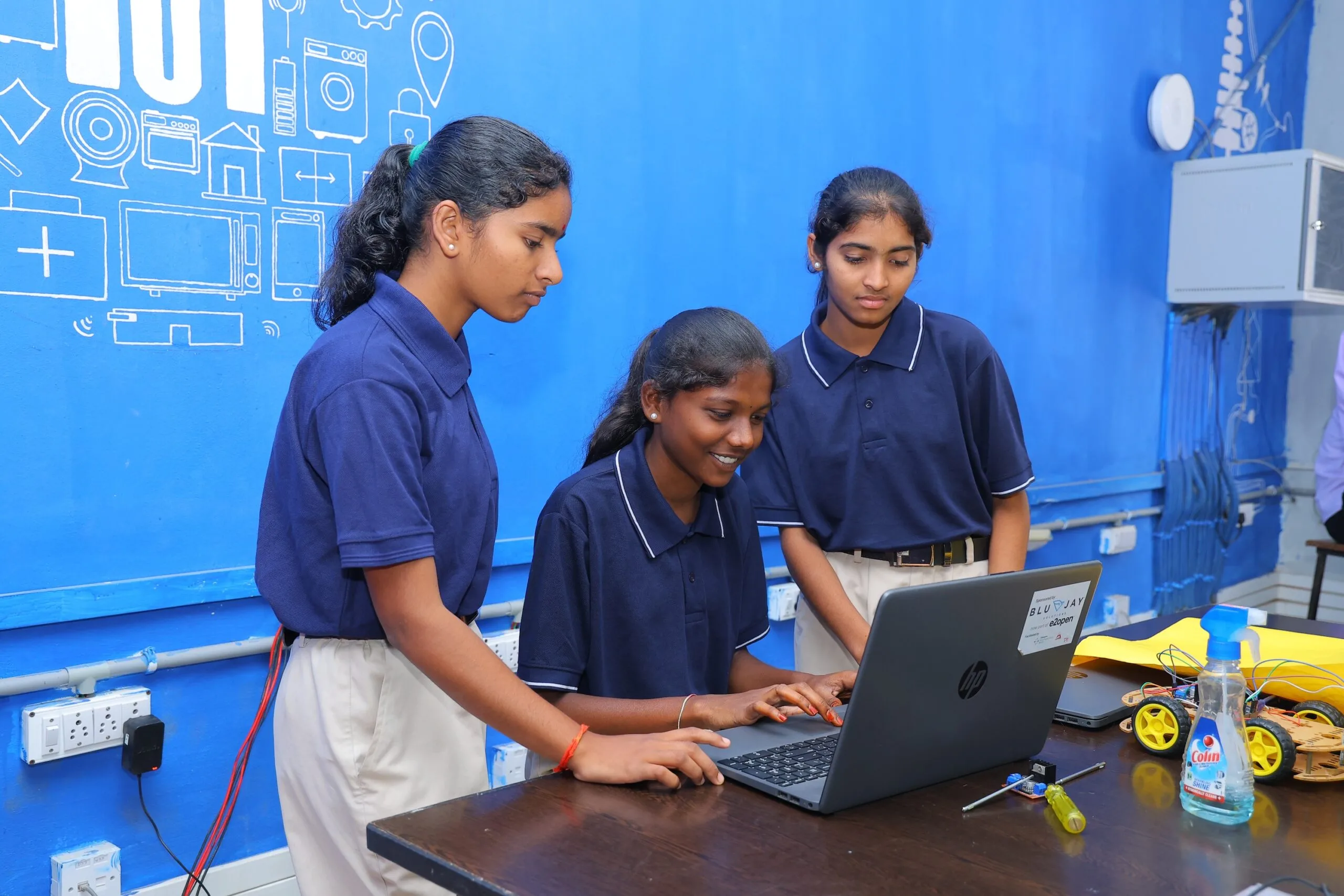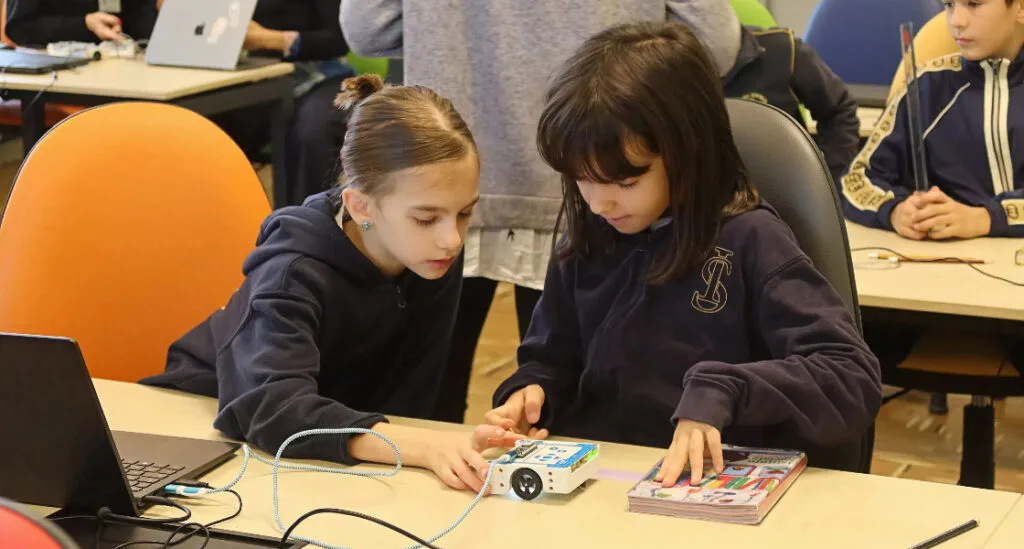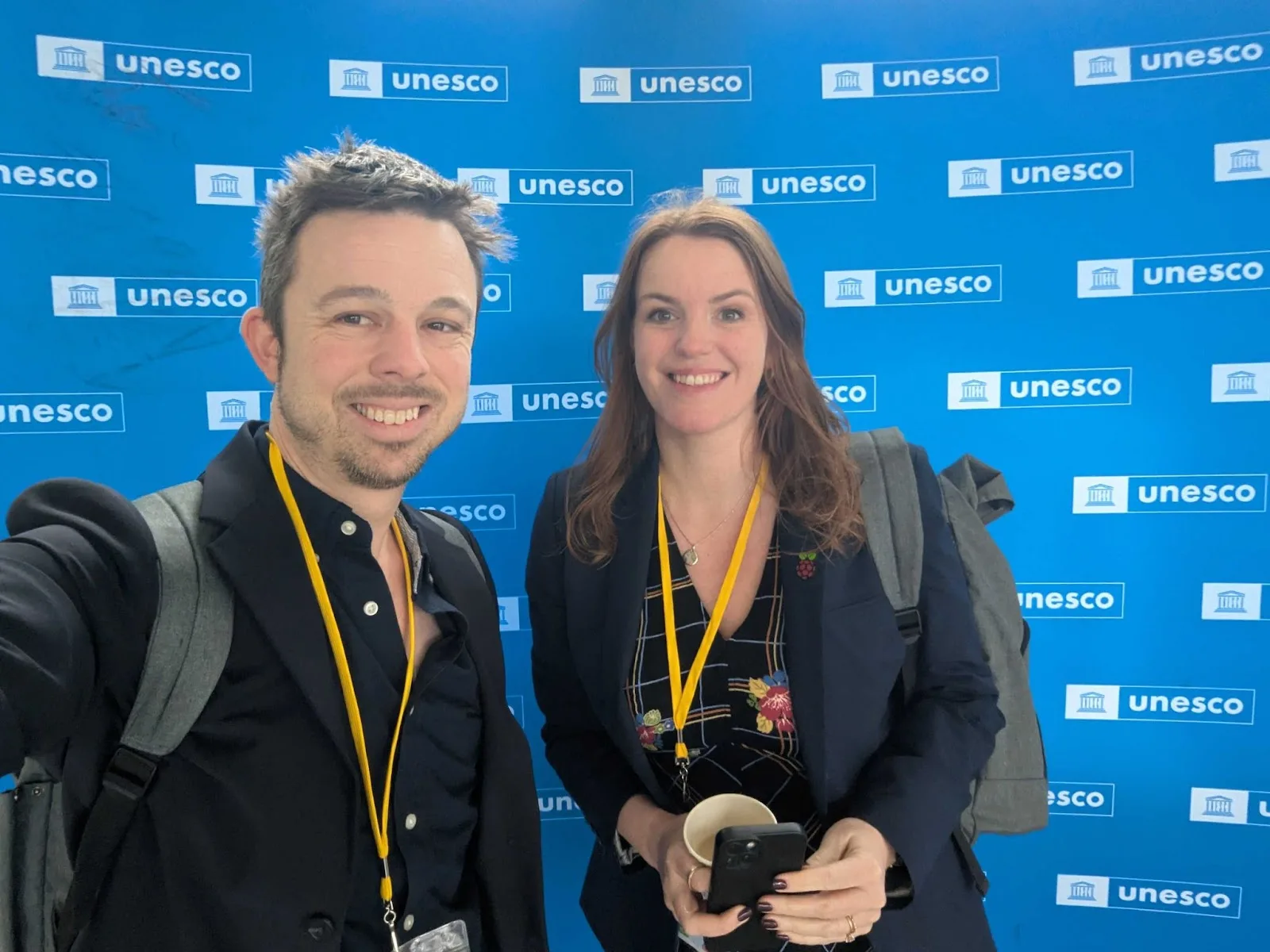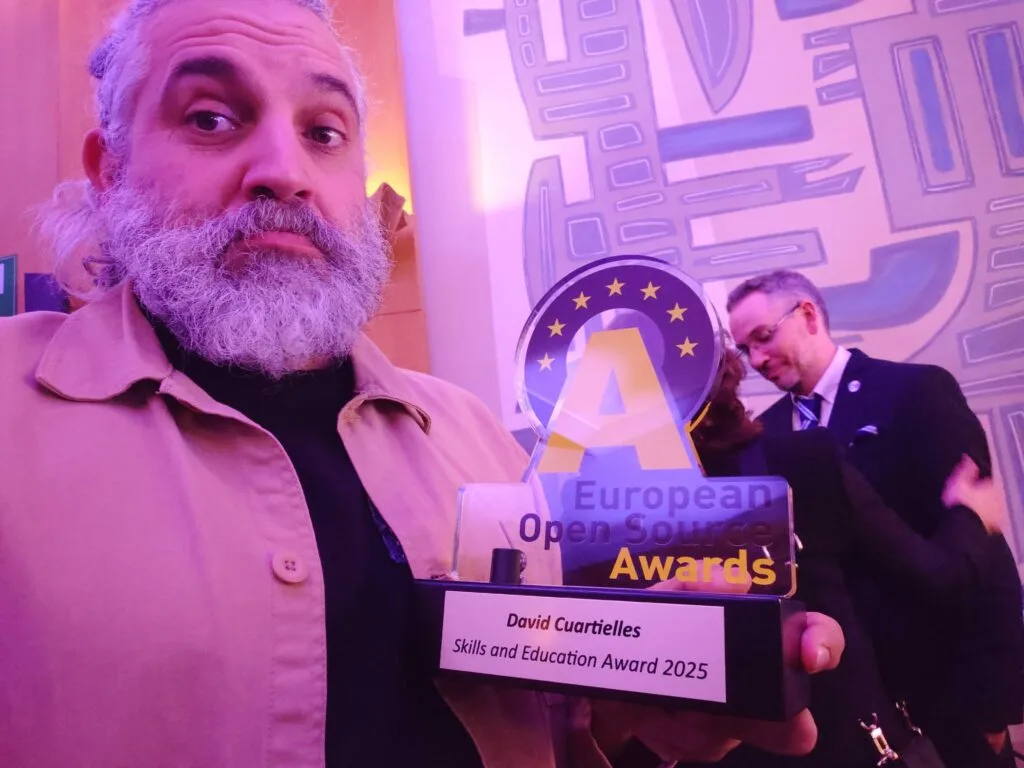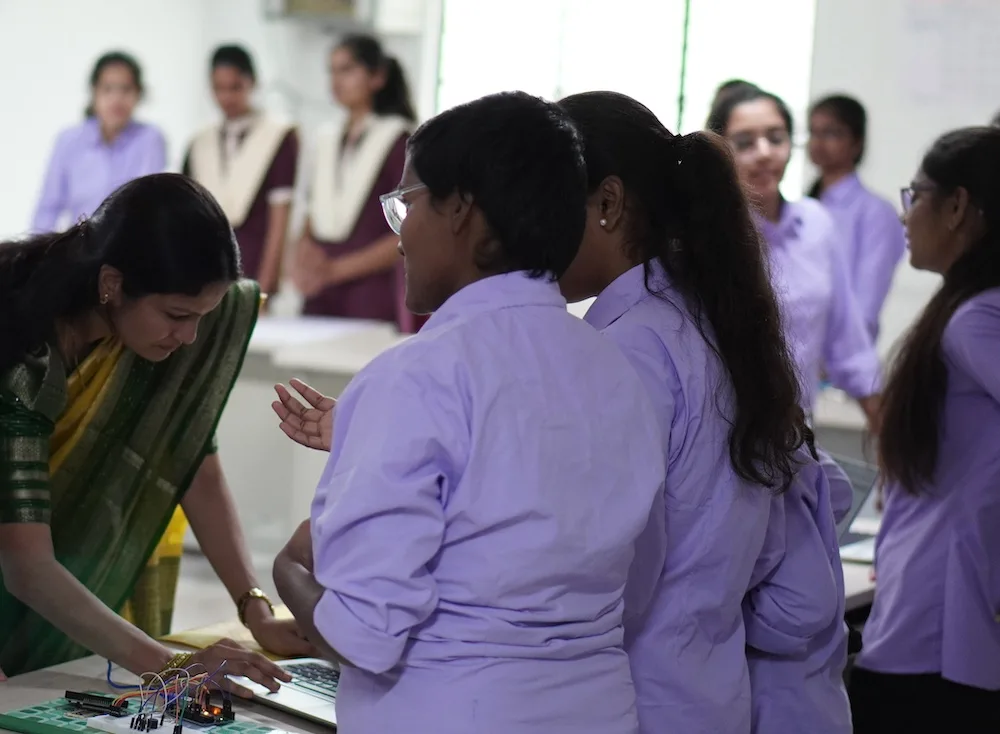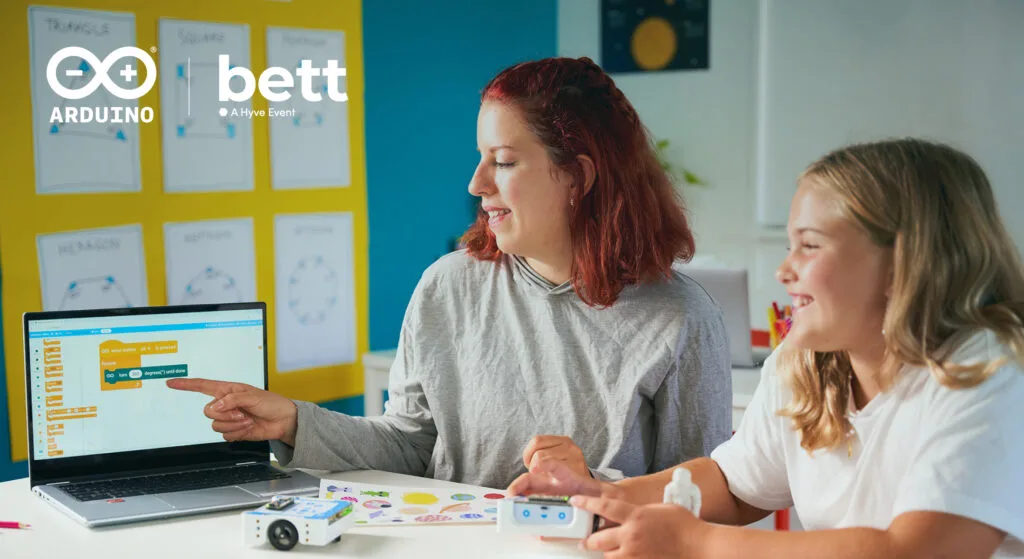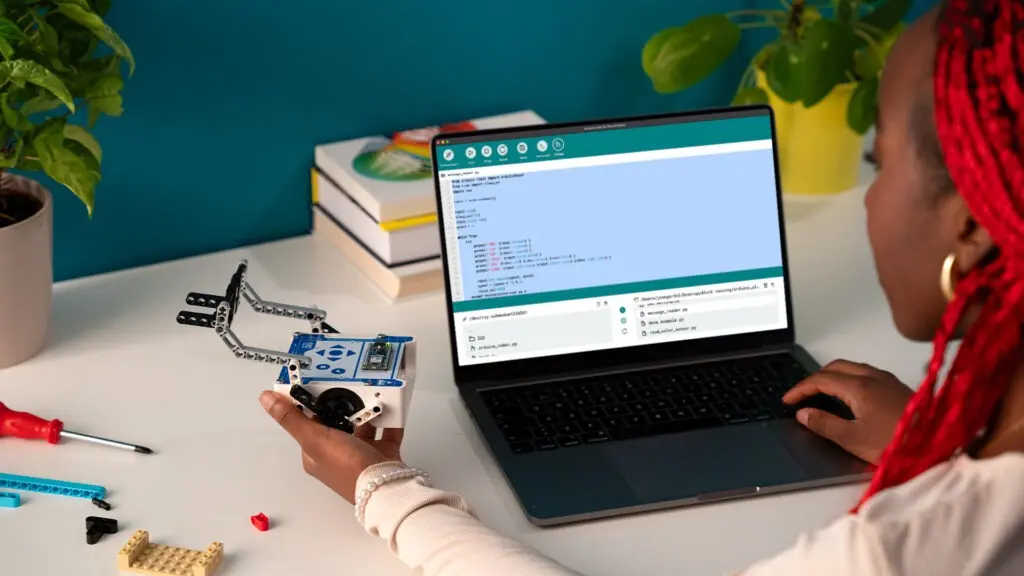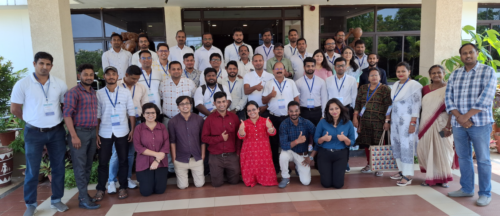Schlagwort: education
-

Essential tips to integrate computer science into your lessons: Teacher tips from CSTA 2025
Reading Time: 4 minutesIn our latest podcast miniseries, we spoke to educators live from the CSTA 2025 annual conference in Cleveland, Ohio, to hear their top tips for integrating computer science (CS) into other subjects. Hello World editor, Meg Wang and the team met teachers in the exhibit hall for real-time reflections and essential teacher…
-

Adapting our computing curriculum resources for Kenya — the journey so far
Reading Time: 4 minutesYoung people everywhere deserve a high-quality computing education. But what a high-quality computing education looks like differs depending on a learner’s culture, context, and the existing provision in the country they live in. Therefore, adapting our educational resources for a range of contexts is a key part of our work at the…
-

How to give your students structure as they learn programming skills
Reading Time: 5 minutesCreating a computer program involves many different skills — knowing how to code is just one part. When we teach programming to young people, we want to guide them to learn these skills in a structured way. The ‘levels of abstraction’ framework is a great tool for doing that. This blog describes…
-

Join our free data science education workshop for teachers
Reading Time: 2 minutesAre you a teacher who is interested in data science education for key stage 5 (age 16 to 18)? Then we invite you to join our free, in-person workshop exploring the topic, taking place in Cambridge, UK on 10 July 2025. You will be among the very first educators to see some…
-

Why kids still need to learn to code in the age of AI
Reading Time: 3 minutesToday we’re publishing a position paper setting out five arguments for why we think that kids still need to learn to code in the age of artificial intelligence. Generated using ChatGPT. Just like every wave of technological innovation that has come before, the advances in artificial intelligence (AI) are raising profound questions…
-

Raspberry Pi Foundation joins UNESCO’s Global Education Coalition
Reading Time: 3 minutesIntroduction We are thrilled to announce that the Raspberry Pi Foundation (RPF) has been accepted as a member of UNESCO’s Global Education Coalition (GEC). Initiated during the COVID-19 pandemic, when 1.6 billion learners were shut out of the classroom, the GEC aimed to provide continuity of education in times of crisis. Since…
-

Empowering India’s digital future: Our computing curriculum’s impact
Reading Time: 3 minutesThe Raspberry Pi Foundation has been working in India since 2018 to enable young people to realise their potential through the power of computing and digital technologies. We’ve supported Code Clubs, partnered with government organisations, and designed and delivered a complete computing curriculum for students in grades 6 to 12 and at…
-

Wired for success: Inspiring the next generation of women in science
Reading Time: 3 minutesDid you know that it’s International Day of Women and Girls in Science on February 11th, 2025? To celebrate this global event, we’re shining a light on the efforts to make STEM more accessible, inclusive, and inspiring for future generations. Let’s dive in! Mind the gap: gender representation in STEM Science and…
-

UNESCO’s International Day of Education 2025: AI and the future of education
Reading Time: 6 minutesRecently, our Chief Learning Officer Rachel Arthur and I had the opportunity to attend UNESCO’s International Day of Education 2025, which focused on the role of education in helping people “understand and steer AI to better ensure that they retain control over this new class of technology and are able to direct…
-

David Cuartielles receives the Open Source Award on Skills and Education
Reading Time: 3 minutesWe are proud to announce that David Cuartielles, co-founder of Arduino, has been honored with the Open Source Award on Skills and Education 2025 and has become a founding member of the Open Source Academy of Europe. This prestigious award recognizes individuals who have made outstanding contributions to open-source education, ensuring that…
-

Computing Curriculum Framework: Adapting to India’s diverse landscapes
Reading Time: 5 minutesThe digital revolution has reshaped every facet of our lives, underscoring the need for robust computing education. At the Raspberry Pi Foundation our mission is to enable young people to realise their full potential through the power of computing and digital technologies. Since starting out in 2008 as a UK-based educational charity,…
-

Arduino Education at Bett 2025: Shaping the future of K-12 and HE
Reading Time: 3 minutesMark your calendars… Arduino Education is coming to Bett UK 2025! Taking place for three days from January 22nd-24th at the ExCeL exhibition center in London, Bett is the ultimate global event for educational innovation. We are attending the stand with our partner CreativeHut again this year. Join us at our booth…
-

Addressing the digital skills gap
Reading Time: 3 minutesThe digital skills gap is one of the biggest challenges for today’s workforce. It’s a growing concern for educators, employers, and anyone passionate about helping young people succeed. Digital literacy is essential in today’s world, whether or not you’re aiming for a tech career — yet too many young people are entering…
-

Implementing a computing curriculum in Telangana
Reading Time: 4 minutesLast year we launched a partnership with the Government of Telangana Social Welfare Residential Educational Institutions Society (TGSWREIS) in Telangana, India to develop and implement a computing curriculum at their Coding Academy School and Coding Academy College. Our impact team is conducting an evaluation. Read on to find out more about the…
-

7 powerful ways to integrate Collaborative Coding into education with the Arduino Cloud
Reading Time: 4 minutesCollaborative coding in education can be a game-changer for students, providing them with real-world skills in communication, teamwork, and problem-solving. With the new collaborating coding feature of the Arduino Cloud, students can collaborate in real time on coding projects, making it easier to test, integrate, and refine their work in the classroom…
-

Introduce the Code Editor into your school
Reading Time: 2 minutesSince we first launched the Code Editor, a free online tool designed to support young people as they learn text-based programming, we’ve been excited to hear how educators have been trying it out in their classrooms. “I used the Code Editor with my computer science students yesterday and it worked a dream!…
-

The Computing Curriculum: Three global perspectives
Reading Time: 5 minutesAcross continents and cultural contexts, our free Computing Curriculum serves as a common thread that connects educators. Read the stories of 3 educators who share their thoughts on the curriculum’s application, adaptability, and the impact it’s had on their educational settings. I’m Freda, and I co-founded a non-profit organisation called Waloyo in…
-

Free online course on understanding AI for educators
Reading Time: 5 minutesTo empower every educator to confidently bring AI into their classroom, we’ve created a new online training course called ‘Understanding AI for educators’ in collaboration with Google DeepMind. By taking this course, you will gain a practical understanding of the crossover between AI tools and education. The course includes a conceptual look…
-

“Catch me if you can!” — How Alvik learns to dodge trouble with AI, featuring Roni Bandini
Reading Time: 3 minutesHave you ever discovered a cool piece of tech buried in your drawer and thought, “This could make for an awesome project”? That’s exactly what happened to Roni Bandini, maker, writer, electronics artist – and Arduino Alvik Star! Bandini began coding at 10 years old, and has always found automatons and robots…
-

New guide on using generative AI for teachers and schools
Reading Time: 5 minutesThe world of education is loud with discussions about the uses and risks of generative AI — tools for outputting human-seeming media content such as text, images, audio, and video. In answer, there’s a new practical guide on using generative AI aimed at Computing teachers (and others), written by a group of…
-

Why is STEAM education important for kids? 6 activity tips
Reading Time: 4 minutesSchool’s out for summer – at least for most of us. While the majority of children (and teachers!) will probably be breathing a huge sigh of relief, parents face a new challenge: how to keep kids engaged during the long break. Of course, downtime is important, but there are also loads of…
-

Introducing a computing curriculum in Odisha
Reading Time: 5 minutesWe are working with two partner organisations in Odisha, India, to develop and roll out the IT & Coding Curriculum (Kaushali), a computing curriculum for government high schools. Last year we launched the first part of the curriculum and rolled out teacher training. Read on to find out what we have learned…


